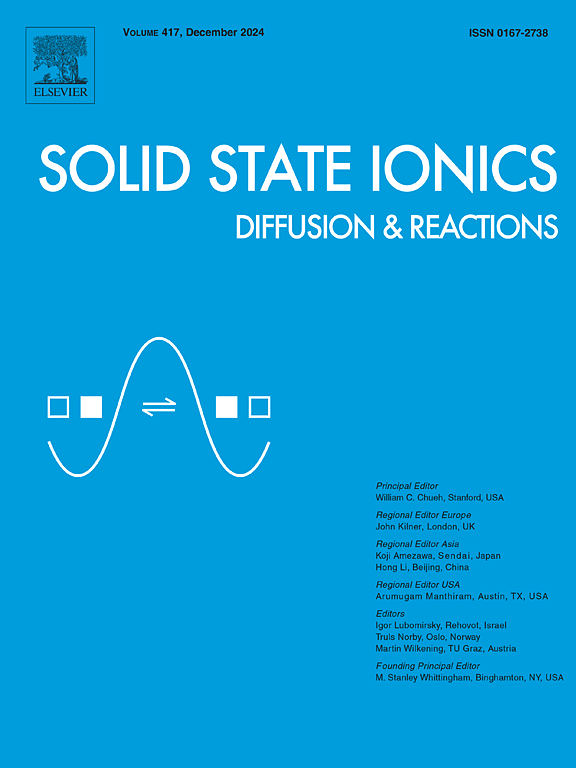锂离子电池混合电极的关键设计考虑
IF 3.3
4区 材料科学
Q3 CHEMISTRY, PHYSICAL
引用次数: 0
摘要
混合电极,包含两种或两种以上的活性材料,已经是商业电池的关键部分,尤其是用于电动汽车的电池。然而,令人惊讶的是,在基本层面上对它们的研究仍然有限。这项工作旨在揭示它们的独特特征,讨论如何最好地研究它们,并为有效地设计它们提供实用指导。一个特别的重点放在特定的电池设计来研究它们,如解耦混合电池。这允许在同一系统中单独研究每种材料,有助于评估有效率。除了实验技术,这项工作还涉及混合电极的建模方法,旨在预测性能,微调材料组合,并加速开发更好的电极配方。通过结合所有这些策略,我们将对混合电极有更深入的了解,最终提高电池的性能、寿命和效率。鉴于它们在商业能源存储中的作用越来越大,持续的研究对于释放它们的全部潜力并推动电池技术向前发展至关重要。本文章由计算机程序翻译,如有差异,请以英文原文为准。
Key design considerations for blended electrodes in Li-ion batteries
Blended electrodes, containing two or more active materials, are already a key part of commercial battery cells, especially ones used in EVs. Yet, surprisingly, research on them at a fundamental level remains limited. This work aims to shed light on their unique characteristics, discuss how best to study them, and offer practical guidelines for designing them effectively. A particular emphasis is placed in specific cell designs to study them, such as the decoupled blend cell. This allows the study of each material separately within the same system, helping to assess effective rates. Beyond experimental techniques, this work also touches on modeling approaches for blended electrodes aiming at predicting performance, fine-tune material combinations, and accelerate the development of better electrode formulations. By combining all these strategies, a deeper understanding of blended electrodes should be achieved, ultimately enabling improving battery performance, longevity, and efficiency. Given their growing role in commercial energy storage, continued research is essential to unlock their full potential and push battery technology forward.
求助全文
通过发布文献求助,成功后即可免费获取论文全文。
去求助
来源期刊

Solid State Ionics
物理-物理:凝聚态物理
CiteScore
6.10
自引率
3.10%
发文量
152
审稿时长
58 days
期刊介绍:
This interdisciplinary journal is devoted to the physics, chemistry and materials science of diffusion, mass transport, and reactivity of solids. The major part of each issue is devoted to articles on:
(i) physics and chemistry of defects in solids;
(ii) reactions in and on solids, e.g. intercalation, corrosion, oxidation, sintering;
(iii) ion transport measurements, mechanisms and theory;
(iv) solid state electrochemistry;
(v) ionically-electronically mixed conducting solids.
Related technological applications are also included, provided their characteristics are interpreted in terms of the basic solid state properties.
Review papers and relevant symposium proceedings are welcome.
 求助内容:
求助内容: 应助结果提醒方式:
应助结果提醒方式:


